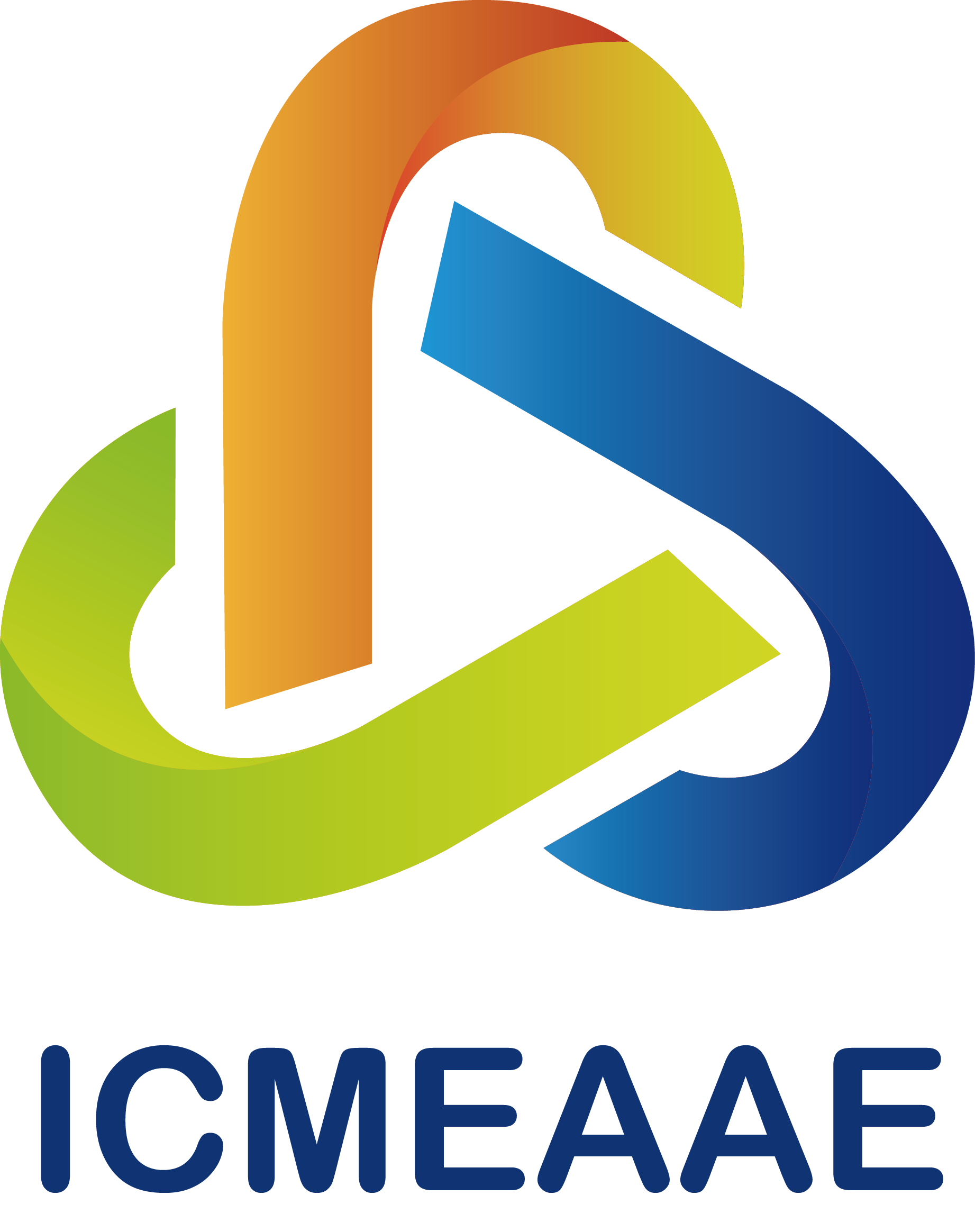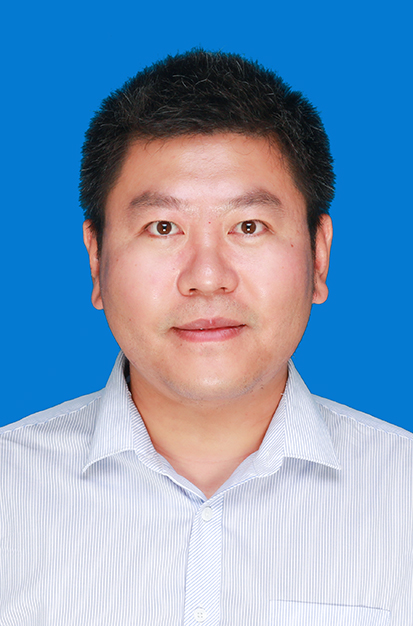

Speakers
Keynote Speakers
Prof. Ming Liu
Fuzhou University, China

Title: Characterization of residual stress and fracture toughness by instrumented indentation and scratch methods
Abstract: Hardness, elastic modulus, yield strength, work hardening exponent, and residual stress within shot-peened layer of nickel-based single crystal superalloy DD6 were experimentally obtained by nanoindentation under a maximum load of 100 mN. The residual stresses calculated by different models have similar variation with the depth, but the values differ significantly with Wang’s model most suitable for shot-peened DD6. It is found: the maximum residual compressive stress is 1.23 GPa at the depth of 40 μm; and the total depth of residual compressive stress layer is 140 μm. Mechanical properties such as indentation hardness and yield strength are affected by residual stress, which has little effect on elastic modulus. The effects of residual stress on various indentation parameters such as indentation work/displacement and contact depth/stiffness were quantified by linear expressions. The microstructural change in the shot-peened layer was found to be associated with the distribution of residual stress.
Experience:
Ming Liu received his BS and MS in Harbin Institute of Technology, achieved his PhD in University of Kentucky in December, 2012, and served as a post-doctorate researcher at the Center of Materials, Mines Paris Tech France in 2013, and at Washington State University in 2014. He joined School of Mechanical Engineering and Automation, Fuzhou University in 2015, and became Professor and Doctor Supervisor thanks to Fujian Provincial Minjiang Scholar Program. He has been a member of China National Steel Standardization Technical Committee since 2021, and serves as an editorial board member of Nanotechnology and Precision Engineering, and young editorial board member of Journal of Chongqing University of Technology (Natural Science). His research focus in on characterization of surface micromechanics by instrumented indentation and scratch methods.
———————————————————————————————————————————————————————————————————
Prof.Hongwen Huang
Hunan University

Title: Rational Design of Pt-based Ultrathin Nanowires for Proton-Exchange Membrane Fuel Cell
Abstract: Exploring the electrocatalysts with simultaneously improved mass activity and catalytic stability has hold the key to the large-scale commercialization of PEMFCs. One-dimensional (1D) ultrathin Pt-based nanowires (NWs) have shown great promise to concurrently address the issues of insufficient ORR activity and durability owing to the inherent advantages from the unique structure. In this talk, I will present our recent studies on the Pt-based nanowires, ranging from the fundamental understanding to the catalyst design.
Experience:
Hongwen Huang is a full professor at Hunan University. His research interests include the controlled growth of nanocrystals and their applications in energy-related electrocatalysis. To date, he has published more than 60 SCI papers and 8 patents. Also, he has hold more than 10 research projects from MOST, NSFC, and so on.
———————————————————————————————————————————————————————————————————

Prof. Ke Shen
Hunan University, China
———————————————————————————————————————————————————————————————————

Prof. Hailiang Yu
Central South University, China
Title: Crack-free nonferrous metal strips by using cryorolling
Abstract:
Cracks often appear in nonferrous metal strips such as Al/Ti lamiantes, Al/HEAp composites and Cu-Ni-Sn alloys during cold rolling. Thus, people generally used hot rolling technique to process them. However, the hot-rolled strips have low surface quality as well as low mechanical properties. In this report, I will introduce the progress in nonferrous metals (Al, Cu, Ti) development via cryorolling. The cryorolling can refine the grain size of materials, improve the mechanical properties of alloys, enhance the high-temperature plasticity of materials, reduce the residual stress in strips. Finally, I will focus on the introduction of the application of cryorolling in processing the laminate, Al/HEAp and Cu-Ni-Sn alloy strips. The crack-free strips and composites can be produced by using cryorolling while the cracks appear in strips when using cold rolling.
Experience:
Cracks often appear in nonferrous metal strips such as Al/Ti lamiantes, Al/HEAp composites and Cu-Ni-Sn alloys during cold rolling. Thus, people generally used hot rolling technique to process them. However, the hot-rolled strips have low surface quality as well as low mechanical properties. In this report, I will introduce the progress in nonferrous metals (Al, Cu, Ti) development via cryorolling. The cryorolling can refine the grain size of materials, improve the mechanical properties of alloys, enhance the high-temperature plasticity of materials, reduce the residual stress in strips. Finally, I will focus on the introduction of the application of cryorolling in processing the laminate, Al/HEAp and Cu-Ni-Sn alloy strips. The crack-free strips and composites can be produced by using cryorolling while the cracks appear in strips when using cold rolling.
